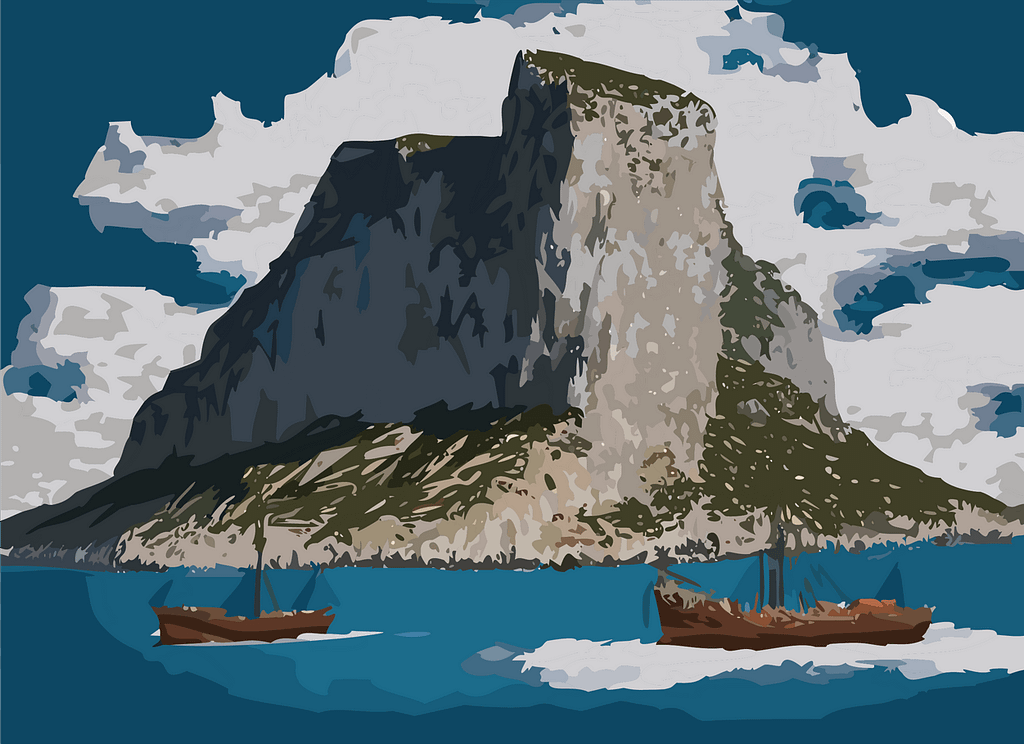
As far back as Classical Antiquity, European, African, and Middle Eastern polities have had to deal with the inescapable fact that control over — or, at least, guaranteed safe passage through — the Western Mediterranean could be a matter of life or death. The Punic Wars between the Roman Republic and Carthage compose a broader struggle for mastery over the Western Mediterranean, including: Sicily, Sardinia, the coast and immediate hinterland of eastern Spain, as well as securing the network of trading routes throughout the region.
The Carthaginians, despite formidable resolve and the brilliance of Hannibal in the Second Punic War, ultimately fell to the Roman Republic, thus losing the contest for mastery of the Western Mediterranean. From really the end of the Second Punic War (as that war’s conclusion involved stripping Carthage of every territory except the city-state itself), Rome had established control over the Western Mediterranean that it would maintain until the collapse of the Roman Empire in the 5th century CE.
Timeline of the Western Mediterranean
We begin our historical timeline of the Western Mediterranean with Rome’s decisive victory over Carthage in the Punic Wars and end it near the present day. We’ll trace the history of the region from the days of ancient Rome to the combative times of the Middle Ages, to the Early Modern Period when Britain and rival powers began obsessing over the area, and finally to the current status of relations in the Western Mediterranean.
Mare Nostrum: 30 BCE
Latin for “Our Sea,” Mare Nostrum was a term used by ancient Romans to refer to the entire Mediterranean Sea once Roman domination — overseen by Augustus Caesar — was secured along the entire coastline around 30 BCE. No other power, nation, or empire has accomplished this feat since ancient Rome. Not only that, but as Rome consolidated its hold over the Mediterranean Sea, imperial forces essentially eradicated piracy.
